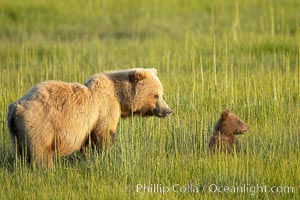
Brown bear sow (female) and her cub, born earlier this year in spring. The cub is completely dependent on her for survival. She will nurture it for almost two years.
Species: Brown bear, Ursus arctos
Location: Lake Clark National Park, Alaska
Image ID: 19236
Species: Brown bear, Ursus arctos
Location: Lake Clark National Park, Alaska
Image ID: 19236
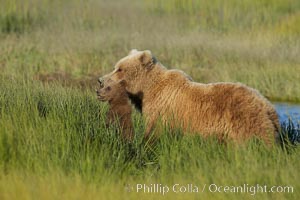
Female mother brown bear sow and spring cub in tall sedge grass.
Species: Brown bear, Ursus arctos
Location: Lake Clark National Park, Alaska
Image ID: 19259
Species: Brown bear, Ursus arctos
Location: Lake Clark National Park, Alaska
Image ID: 19259
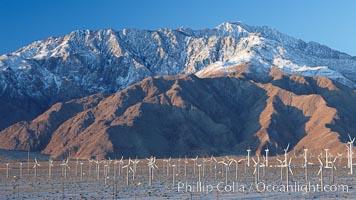
Wind turbines, rise above the flat floor of the San Gorgonio Pass near Palm Springs, with snow covered Mount San Jacinto in the background, provide electricity to Palm Springs and the Coachella Valley.
Location: San Gorgonio Pass, Palm Springs, California
Image ID: 22209
Location: San Gorgonio Pass, Palm Springs, California
Image ID: 22209
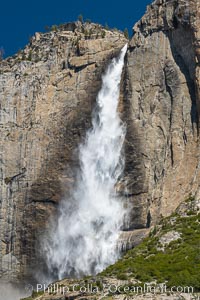
Upper Yosemite Falls near peak flow in spring. Yosemite Falls, at 2425 feet tall (730m) is the tallest waterfall in North America and fifth tallest in the world.
Location: Yosemite Falls, Yosemite National Park, California
Image ID: 34552
Panorama dimensions: 8256 x 5504
Location: Yosemite Falls, Yosemite National Park, California
Image ID: 34552
Panorama dimensions: 8256 x 5504
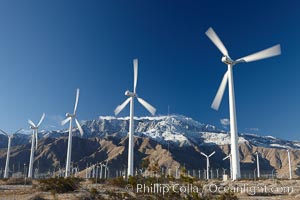
Wind turbines, rise above the flat floor of the San Gorgonio Pass near Palm Springs, with snow covered Mount San Jacinto in the background, provide electricity to Palm Springs and the Coachella Valley.
Location: San Gorgonio Pass, Palm Springs, California
Image ID: 22205
Location: San Gorgonio Pass, Palm Springs, California
Image ID: 22205
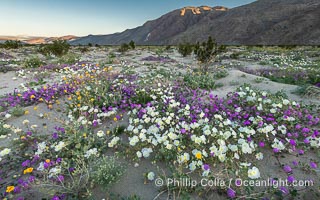
Spring Wildflowers Bloom in an Colorful Bouquet in Anza Borrego Desert State Park. Dune evening primrose (white) is mixed with sand verbena (purple) and Desert Sunflower (yellow) near Henderson Canyon Road, Spring 2024. Just before sunrise with flowers in shade.
Species: Dune evening primrose, Desert Sunflower, Oenothera deltoides, Geraea canescens
Location: Anza-Borrego Desert State Park, Borrego Springs, California
Image ID: 40273
Species: Dune evening primrose, Desert Sunflower, Oenothera deltoides, Geraea canescens
Location: Anza-Borrego Desert State Park, Borrego Springs, California
Image ID: 40273
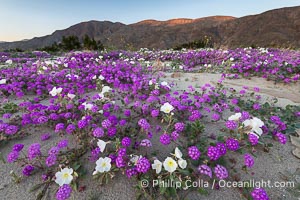
Spring Wildflowers Bloom in an Colorful Bouquet in Anza Borrego Desert State Park. Dune evening primrose (white) is mixed with sand verbena (purple) near Henderson Canyon Road, Spring 2024.
Species: Sand verbena, Abronia villosa
Location: Anza-Borrego Desert State Park, Borrego Springs, California
Image ID: 40274
Species: Sand verbena, Abronia villosa
Location: Anza-Borrego Desert State Park, Borrego Springs, California
Image ID: 40274
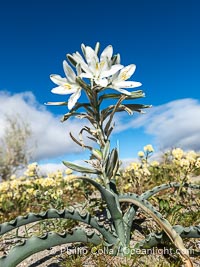
Desert Lily Blooming in Anza Borrego Desert State Park. While the Desert Lily is typically an uncommon or rare flower, in Spring 2024 it was present in enormous numbers. 2024 was the Year of the Desert Lily.
Species: Desert Lily, Hesperocallis undulata
Location: Anza-Borrego Desert State Park, Borrego Springs, California
Image ID: 40302
Species: Desert Lily, Hesperocallis undulata
Location: Anza-Borrego Desert State Park, Borrego Springs, California
Image ID: 40302
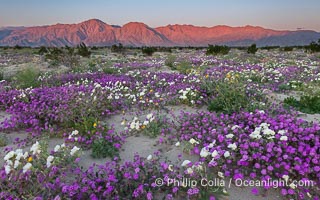
Spring Wildflowers Bloom in an Colorful Bouquet in Anza Borrego Desert State Park. Dune evening primrose (white) is mixed with sand verbena (purple) near Henderson Canyon Road, Spring 2024.
Species: Sand verbena, Abronia villosa
Location: Anza-Borrego Desert State Park, Borrego Springs, California
Image ID: 40303
Species: Sand verbena, Abronia villosa
Location: Anza-Borrego Desert State Park, Borrego Springs, California
Image ID: 40303
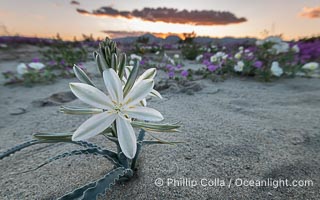
Desert Lily Blooming in Anza Borrego Desert State Park. While the Desert Lily is typically an uncommon or rare flower, in Spring 2024 it was present in enormous numbers. 2024 was the Year of the Desert Lily.
Species: Desert Lily, Hesperocallis undulata
Location: Anza-Borrego Desert State Park, Borrego Springs, California
Image ID: 40304
Species: Desert Lily, Hesperocallis undulata
Location: Anza-Borrego Desert State Park, Borrego Springs, California
Image ID: 40304
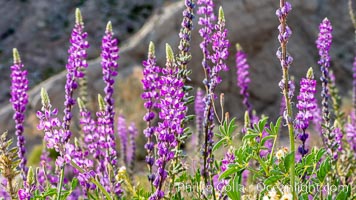
Arizona lupine is a common early spring ephemeral wildflower of the Colorado Desert. The purple-pink flowers show a yellow spot on the upper petal, which changes in color to red once the flower has been pollinated to discourage insects from visiting it after pollination.
Location: Anza-Borrego Desert State Park, Borrego Springs, California
Image ID: 35180
Location: Anza-Borrego Desert State Park, Borrego Springs, California
Image ID: 35180
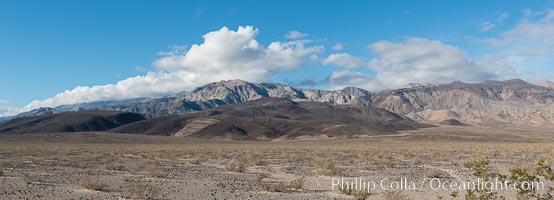
Maturango Peak and Parkinson Peak, and Parrot Point, near Panamint Springs, Death Valley.
Location: Death Valley National Park, California
Image ID: 30488
Panorama dimensions: 6087 x 16872
Location: Death Valley National Park, California
Image ID: 30488
Panorama dimensions: 6087 x 16872
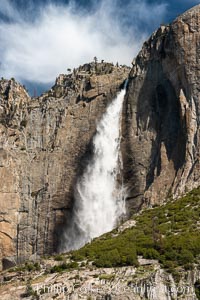
Upper Yosemite Falls near peak flow in spring. Yosemite Falls, at 2425 feet tall (730m) is the tallest waterfall in North America and fifth tallest in the world.
Location: Yosemite Falls, Yosemite National Park, California
Image ID: 34550
Location: Yosemite Falls, Yosemite National Park, California
Image ID: 34550
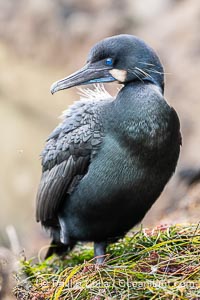
Brandt's Cormorant Portrait Overcast Light on La Jolla Cliffs, Brandt's cormorants gather in winter and early spring to nest and rear their chicks on the cliffs near La Jolla.
Species: Brandt's Cormorant, Phalacrocorax penicillatus
Location: La Jolla, California
Image ID: 40877
Species: Brandt's Cormorant, Phalacrocorax penicillatus
Location: La Jolla, California
Image ID: 40877
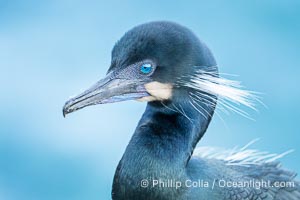
Brandt's Cormorant Portrait Overcast Light on La Jolla Cliffs, Brandt's cormorants gather in winter and early spring to nest and rear their chicks on the cliffs near La Jolla.
Species: Brandt's Cormorant, Phalacrocorax penicillatus
Location: La Jolla, California
Image ID: 40879
Species: Brandt's Cormorant, Phalacrocorax penicillatus
Location: La Jolla, California
Image ID: 40879
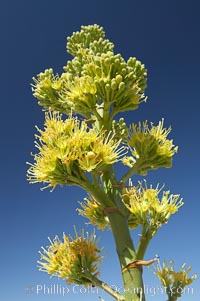
Desert agave, also known as the Century Plant, blooms in spring in Anza-Borrego Desert State Park. Desert agave is the only agave species to be found on the rocky slopes and flats bordering the Coachella Valley. It occurs over a wide range of elevations from 500 to over 4,000. It is called century plant in reference to the amount of time it takes it to bloom. This can be anywhere from 5 to 20 years. They send up towering flower stalks that can approach 15 feet in height. Sending up this tremendous display attracts a variety of pollinators including bats, hummingbirds, bees, moths and other insects and nectar-eating birds.
Species: Desert agave, Agave deserti
Image ID: 11551
Species: Desert agave, Agave deserti
Image ID: 11551
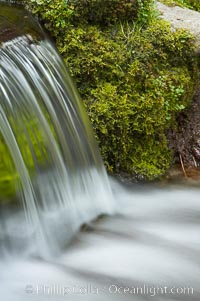
Fern Springs, a small natural spring in Yosemite Valley near the Pohono Bridge, trickles quietly over rocks as it flows into the Merced River. Yosemite Valley.
Location: Fern Springs, Yosemite National Park, California
Image ID: 16086
Location: Fern Springs, Yosemite National Park, California
Image ID: 16086
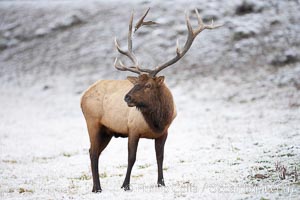
Large male elk (bull) in snow covered meadow near Madison River. Only male elk have antlers, which start growing in the spring and are shed each winter. The largest antlers may be 4 feet long and weigh up to 40 pounds. Antlers are made of bone which can grow up to one inch per day. While growing, the antlers are covered with and protected by a soft layer of highly vascularised skin known as velvet. The velvet is shed in the summer when the antlers have fully developed. Bull elk may have six or more tines on each antler, however the number of tines has little to do with the age or maturity of a particular animal.
Species: Elk, Cervus canadensis
Location: Yellowstone National Park, Wyoming
Image ID: 19692
Species: Elk, Cervus canadensis
Location: Yellowstone National Park, Wyoming
Image ID: 19692
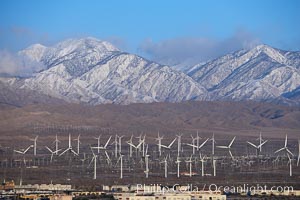
Wind turbines and Mount San Gorgonio Pass, near Interstate 10, provide electricity to Palm Springs and the Coachella Valley.
Location: San Gorgonio Pass, Palm Springs, California
Image ID: 22236
Location: San Gorgonio Pass, Palm Springs, California
Image ID: 22236
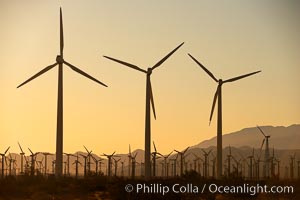
Wind turbines at sunrise, in the San Gorgonio Pass, near Interstate 10 provide electricity to Palm Springs and the Coachella Valley.
Location: San Gorgonio Pass, Palm Springs, California
Image ID: 22242
Location: San Gorgonio Pass, Palm Springs, California
Image ID: 22242
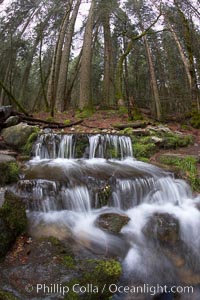
Fern Springs, a small natural spring in Yosemite Valley near the Pohono Bridge, trickles quietly over rocks as it flows into the Merced River.
Location: Fern Springs, Yosemite National Park, California
Image ID: 22754
Location: Fern Springs, Yosemite National Park, California
Image ID: 22754
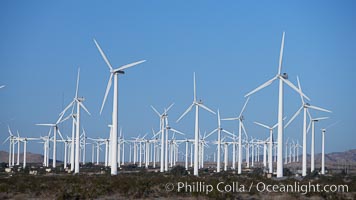
Wind turbines, in the San Gorgonio Pass, near Interstate 10 provide electricity to Palm Springs and the Coachella Valley.
Location: San Gorgonio Pass, Palm Springs, California
Image ID: 22239
Location: San Gorgonio Pass, Palm Springs, California
Image ID: 22239
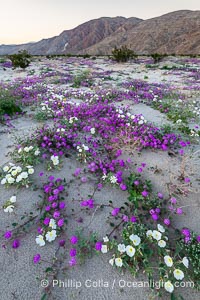
Spring Wildflowers Bloom in an Colorful Bouquet in Anza Borrego Desert State Park. Shaded lighting after sunset. Dune evening primrose (white) is mixed with sand verbena (purple) near Henderson Canyon Road, Spring 2024.
Species: Sand verbena, Abronia villosa
Location: Anza-Borrego Desert State Park, Borrego Springs, California
Image ID: 40275
Species: Sand verbena, Abronia villosa
Location: Anza-Borrego Desert State Park, Borrego Springs, California
Image ID: 40275
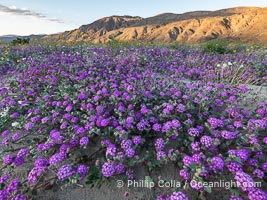
Sand Verbena Blooms near Mountains In Borrego Springs, almost sunset.
Species: Sand verbena, Abronia villosa
Location: Anza-Borrego Desert State Park, Borrego Springs, California
Image ID: 40276
Species: Sand verbena, Abronia villosa
Location: Anza-Borrego Desert State Park, Borrego Springs, California
Image ID: 40276
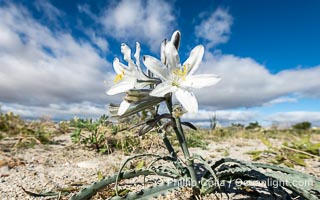
Desert Lily Blooming in Anza Borrego Desert State Park. While the Desert Lily is typically an uncommon or rare flower, in Spring 2024 it was present in enormous numbers. 2024 was the Year of the Desert Lily.
Species: Desert Lily, Hesperocallis undulata
Location: Anza-Borrego Desert State Park, Borrego Springs, California
Image ID: 40305
Species: Desert Lily, Hesperocallis undulata
Location: Anza-Borrego Desert State Park, Borrego Springs, California
Image ID: 40305
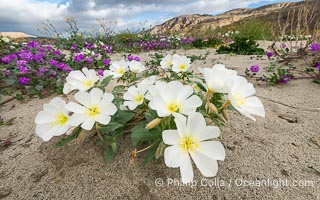
Spring Wildflowers Bloom in an Colorful Bouquet in Anza Borrego Desert State Park. Dune evening primrose (white) is mixed with sand verbena (purple) near Henderson Canyon Road, Spring 2024.
Species: Dune evening primrose, Oenothera deltoides
Location: Anza-Borrego Desert State Park, Borrego Springs, California
Image ID: 40306
Species: Dune evening primrose, Oenothera deltoides
Location: Anza-Borrego Desert State Park, Borrego Springs, California
Image ID: 40306
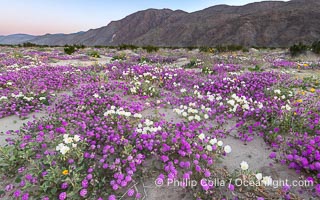
Spring Wildflowers Bloom in an Colorful Bouquet in Anza Borrego Desert State Park. Dune evening primrose (white) is mixed with sand verbena (purple) near Henderson Canyon Road, Spring 2024.
Species: Sand verbena, Abronia villosa
Location: Anza-Borrego Desert State Park, Borrego Springs, California
Image ID: 40307
Species: Sand verbena, Abronia villosa
Location: Anza-Borrego Desert State Park, Borrego Springs, California
Image ID: 40307
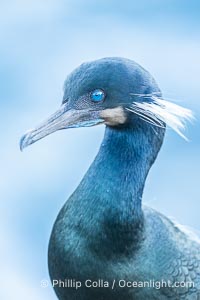
Brandt's Cormorant Portrait Overcast Light on La Jolla Cliffs, Brandt's cormorants gather in winter and early spring to nest and rear their chicks on the cliffs near La Jolla.
Species: Brandt's Cormorant, Phalacrocorax penicillatus
Location: La Jolla, California
Image ID: 40884
Species: Brandt's Cormorant, Phalacrocorax penicillatus
Location: La Jolla, California
Image ID: 40884
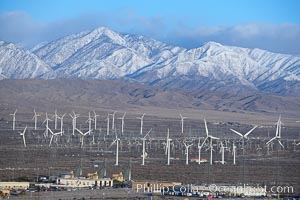
Wind turbines and Mount San Gorgonio Pass, near Interstate 10, provide electricity to Palm Springs and the Coachella Valley.
Location: San Gorgonio Pass, Palm Springs, California
Image ID: 22237
Location: San Gorgonio Pass, Palm Springs, California
Image ID: 22237
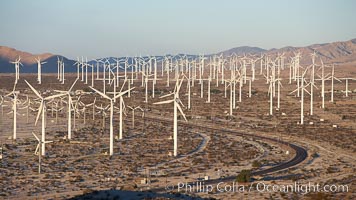
Wind turbines, in the San Gorgonio Pass, near Interstate 10 provide electricity to Palm Springs and the Coachella Valley.
Location: San Gorgonio Pass, Palm Springs, California
Image ID: 22238
Location: San Gorgonio Pass, Palm Springs, California
Image ID: 22238